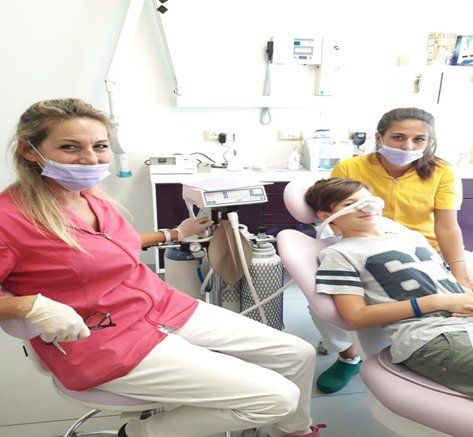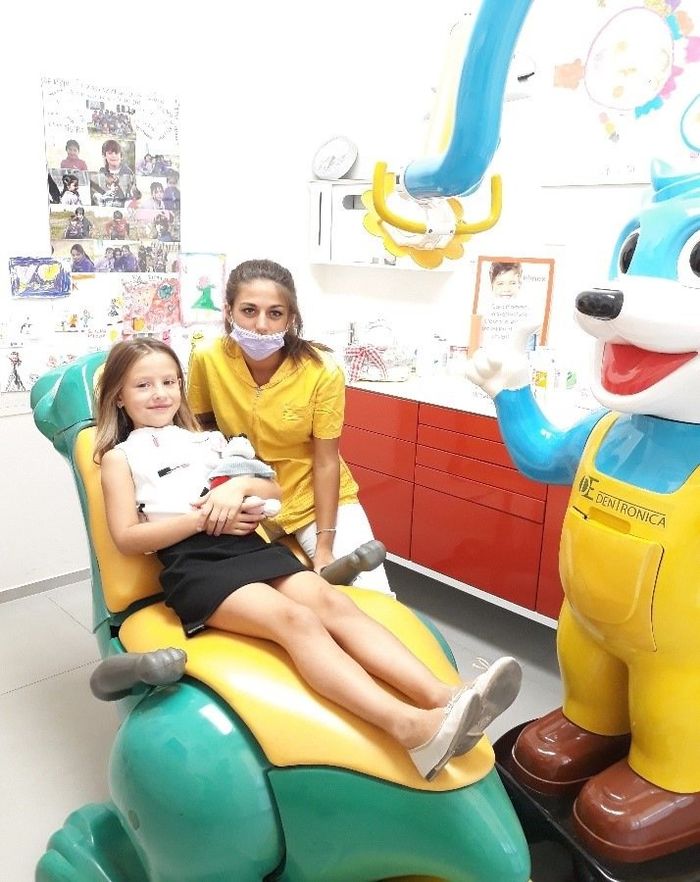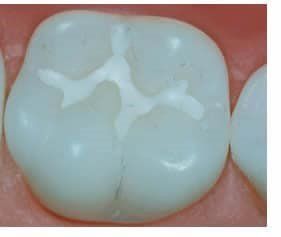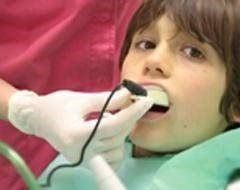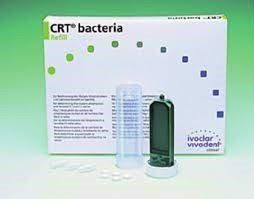DENTIST FOR CHILDREN
CHILDHOOD DENTISTRY - PAEDiatric dentistry
Paediatric dentistry (formally Pedodontics) deals with following dental health in children from the first years of life to adolescence.
Why is prevention important?
To have strong and healthy teeth, it is essential to adopt an attitude aimed at preventing dental issues and ensuring you have good oral hygiene from an early age. It is therefore essential to teach our children the importance of using a toothbrush, but equally we need take our little ones to the dentist early on in life to prevent dental and oral diseases that could compromise the health of the teeth. Prevention can be taught through good oral hygiene, recommending a healthy diet and stopping bad habits, such as sucking your thumb and biting your nails. Unless there are complications and abnormal situations that your trusted paediatrician can spot quickly, the right time for your child to visit the dentist for the first time is around 4-5 years of age.
It is also necessary to treat cavities in primary teeth. Some teeth may stay in the mouth up to the age of 13 and the onset of a cavity must be treated and cared for as if it were an adult tooth. The
premature loss of one or more primary teeth can also cause the other teeth already present to move, causing the adult teeth to have difficulties in taking the place of the primary teeth and erupting themselves.
PREVENTIVE AND CARE MEASURES
Dr. Serena Baldi has been specifically and professionally trained in paediatric dentistry, not only clinical training but also psychological, which means that she successfully treats young patients. Some of the main paediatric and preventative measures are:
- dental sealants
- iontophoresis
- saliva testing
- dental lacquering
- restorative treatment for primary teeth;
- root canal for primary teeth
MORE DETAILED INFORMATION
Fill in our contact form to make an appointment




